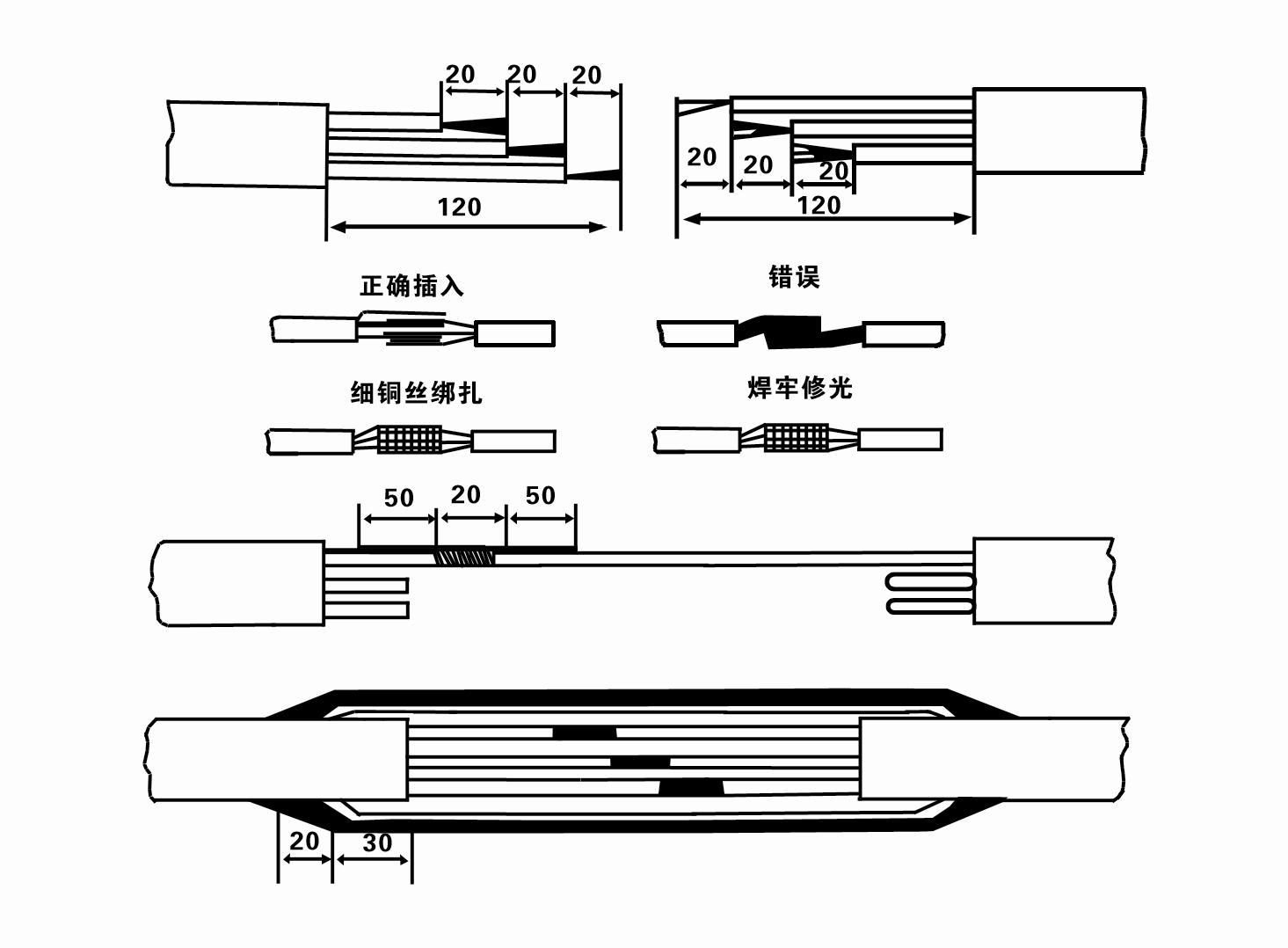Dec . 03, 2024 19:49 Back to list
Factors Influencing the Lifespan of Submersible Well Pumps and Maintenance Tips
How Long Do Submersible Well Pumps Last?
Submersible well pumps are an integral part of many water supply systems, especially in rural and agricultural settings. These pumps are designed to operate underwater, drawing water from a well and pushing it to the surface for various uses. Given the critical role these pumps play, it is essential to understand their longevity and the factors that influence their lifespan.
Lifespan of Submersible Well Pumps
On average, submersible well pumps can last anywhere from 8 to 15 years with proper maintenance and care. However, the lifespan can vary significantly based on several key factors. Some submersible pumps have been known to function effectively for more than 20 years, while others may fail in less than five years due to various issues.
Factors Influencing Lifespan
1. Quality of the Pump The initial quality of the pump itself plays a crucial role in its longevity. Pumps constructed from high-quality materials, such as stainless steel or durable plastic, tend to withstand the harsh environmental conditions found in wells. Investing in a reputable brand can lead to a more reliable and longer-lasting product.
2. Water Quality The composition of the water being pumped can significantly affect pump life. Water with high levels of minerals, sediments, or corrosive elements can wear down the pump components more quickly. Regular water testing can help identify potential issues that may shorten the pump's lifespan.
3. Installation Proper installation is critical to the pump’s performance and longevity. Incorrect installation can lead to a host of problems, including overheating, excessive wear, and electrical failures. It's advisable to hire qualified professionals to ensure the pump is installed according to manufacturer guidelines.
how long do submersible well pumps last

4. Operating Conditions Submersible pumps need to operate under certain conditions for optimal performance. Factors such as temperature, depth of the well, and the volume of water being pumped all influence how hard the pump has to work. Pumps that are regularly operated near their maximum capacities may experience a shorter lifespan.
5. Maintenance Routine maintenance is essential in prolonging the life of any mechanical device, including submersible pumps. Regular checks for wear and tear, cleaning, and timely repairs can prevent minor issues from escalating into major failures. Users should monitor the pump’s performance for signs of degradation, such as unusual noises, vibrations, or decreases in water pressure.
6. Frequency of Use The frequency and duration with which the pump is used can also affect its lifespan. Pumps that are in continual use will naturally wear out quicker than those that are only used intermittently. In agricultural settings where water demand fluctuates, knowing when to operate the pump efficiently can make a significant difference.
7. Power Supply Issues Sudden fluctuations in power supply or prolonged outages can damage the motor of a submersible pump. Investing in a quality power supply system and possibly a backup generator can mitigate this risk.
Conclusion
Ultimately, while submersible well pumps can last anywhere between 8 to 15 years, several factors come into play determining their actual lifespan. Regular maintenance, quality of materials, installation, water quality, and usage patterns are all critical components that determine how long these pumps can effectively operate.
As a general rule, being proactive about regular inspections and maintenance can save you from costly repairs or replacements and extend the life of the pump significantly. If you're considering the installation of a submersible well pump, take the time to research and invest in a quality unit, and ensure it is installed and maintained correctly to maximize its lifespan.
-
Submersible Water Pump: The Efficient 'Power Pioneer' of the Underwater World
NewsJul.01,2025
-
Submersible Pond Pump: The Hidden Guardian of Water Landscape Ecology
NewsJul.01,2025
-
Stainless Well Pump: A Reliable and Durable Pumping Main Force
NewsJul.01,2025
-
Stainless Steel Submersible Pump: An Efficient and Versatile Tool for Underwater Operations
NewsJul.01,2025
-
Deep Well Submersible Pump: An Efficient 'Sucker' of Groundwater Sources
NewsJul.01,2025
-
Deep Water Well Pump: An Efficient 'Sucker' of Groundwater Sources
NewsJul.01,2025
-
 Submersible Water Pump: The Efficient 'Power Pioneer' of the Underwater WorldIn the field of hydraulic equipment, the Submersible Water Pump has become the core equipment for underwater operations and water resource transportation due to its unique design and excellent performance.Detail
Submersible Water Pump: The Efficient 'Power Pioneer' of the Underwater WorldIn the field of hydraulic equipment, the Submersible Water Pump has become the core equipment for underwater operations and water resource transportation due to its unique design and excellent performance.Detail -
 Submersible Pond Pump: The Hidden Guardian of Water Landscape EcologyIn courtyard landscapes, ecological ponds, and even small-scale water conservancy projects, there is a silent yet indispensable equipment - the Submersible Pond Pump.Detail
Submersible Pond Pump: The Hidden Guardian of Water Landscape EcologyIn courtyard landscapes, ecological ponds, and even small-scale water conservancy projects, there is a silent yet indispensable equipment - the Submersible Pond Pump.Detail -
 Stainless Well Pump: A Reliable and Durable Pumping Main ForceIn the field of water resource transportation, Stainless Well Pump has become the core equipment for various pumping scenarios with its excellent performance and reliable quality.Detail
Stainless Well Pump: A Reliable and Durable Pumping Main ForceIn the field of water resource transportation, Stainless Well Pump has become the core equipment for various pumping scenarios with its excellent performance and reliable quality.Detail
